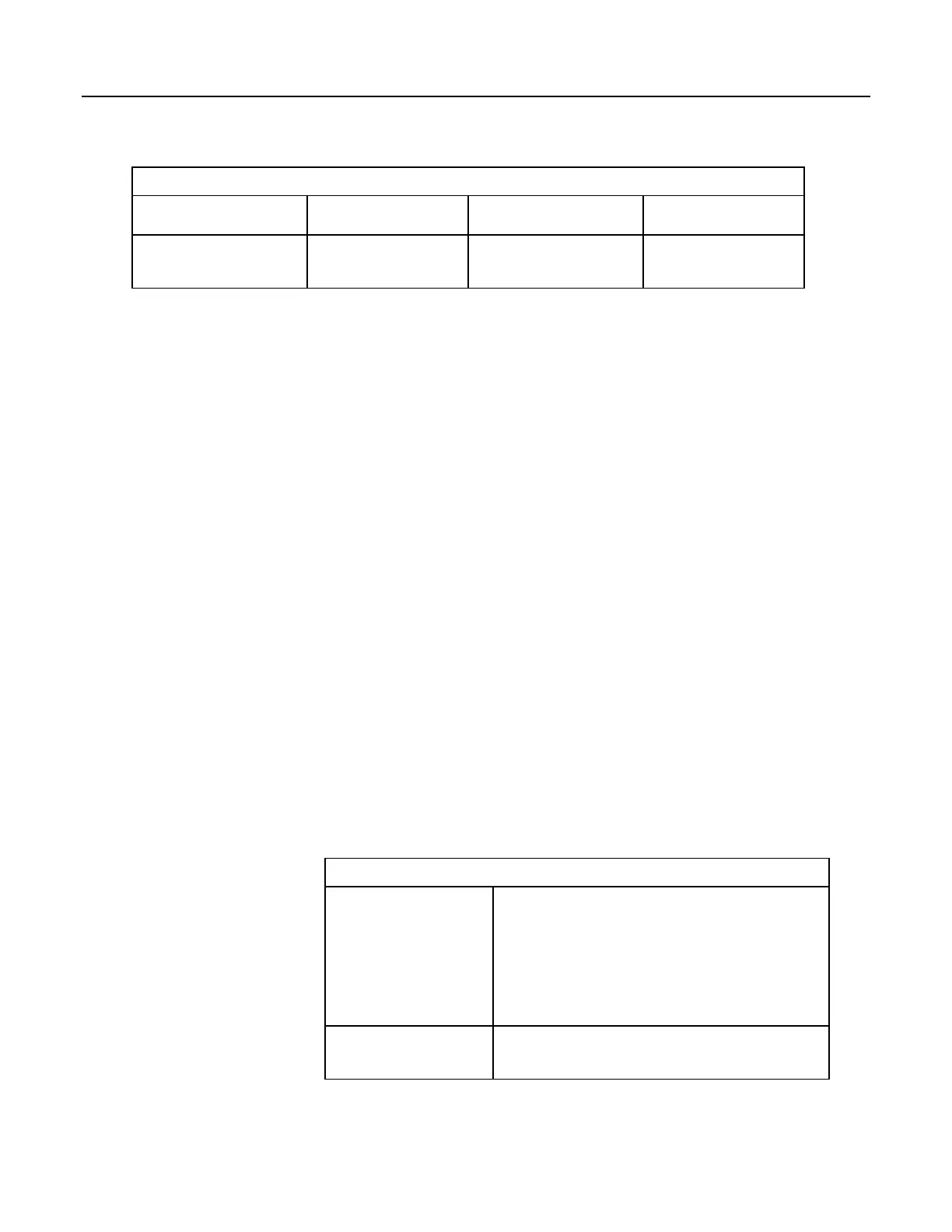Table 109. API Commands, Parameters, and Arguments
Parameter
Commands in which the
parameter is used Function of parameter Argument(s)
expr NewestFile
Specifies path and wildcard
expression for the desired set of
files to collect.
path and wildcard expression
8.6.3.14.3 Time Syntax
API commands may have a time stamp parameter. Consult the Clock Functions (p.
578)
section for more information. The format for the parameter is:
YYYY-MM-DDTHH:MM:SS.MS
where,
YYYY = four-digit year
MM = months into the year, one or two digits (1 to 12)
DD = days into the month, one or two digits (1 to 31)
HH = hours into the day, one or two digits (1 to 23)
MM = minutes into the hour, one or two digits (1 to 59)
SS = seconds into the minute, one or two digits (1 to 59)
MS = sub-second, optional when specifying time, up to nine digits (1 to
<1E9)
The time parameters 2010-07-27T12:00:00.00 and 2010-07-27T14:00:00 are
used in the following URL example:
http://192.168.4.14/?command=dataquery&uri=dl:WSN30sec.CWS900_Ts
&format=html&mode=date-range&p1=2010-07-27T12:00:00&p2=2010-07-
27T14:00:00
8.6.3.14.4 Data Management — BrowseSymbols Command
BrowseSymbols allows a web client to poll the host CR1000 for its data memory
structure. Memory structure is made up of table name(s), field name(s), and array
sub-scripts. These together constitute "symbols." BrowseSymbols takes the
form:
http://ip_address/?command=BrowseSymbols&uri=source:tablename.fi
eldname&format=html
BrowseSymbols requires a minimum .csipasswd access level of 3 (read-only).
Table 110. BrowseSymbols API Command Parameters
uri
Optional. Specifies the URI
(p. 532) for the data source. When
querying a CR1000, uri source, tablename and fieldname are
optional. If source is not specified, dl (CR1000) is assumed. A
field name is always specified in association with a table name.
If the field name is not specified, all fields are output. If
fieldname refers to an array without a subscript, all fields
associated with that array will be output. Table name is
optional. If table name is not used, the entire URI syntax is not
needed.
format
Optional. Specifies the format of the response. The values
html, json, and xml are valid. If this parameter is omitted, or if
the value is html, empty, or invalid, the response is HTML.
427
